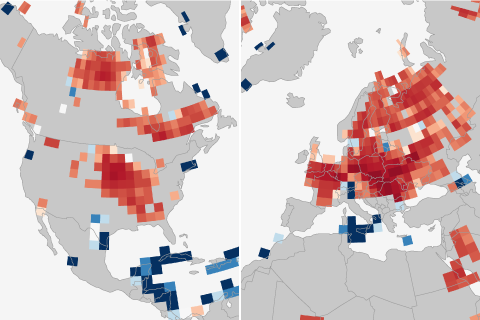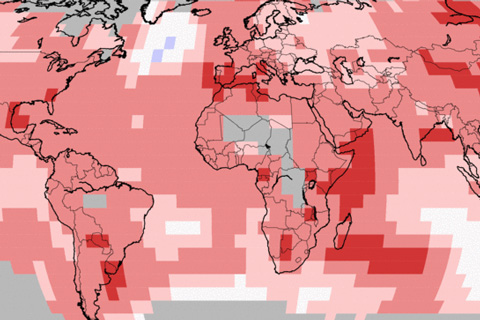
If you define the start of winter as the arrival of the first snow, what's the earliest winter has arrived at the weather station nearest you?

If you define the start of winter as the arrival of the first snow, what's the earliest winter has arrived at the weather station nearest you?

Across much of the mid-latitudes, models estimate that the converting forests to farms and rangeland shortened the return period for extremely hot, dry summers: from every 10 years to every 2-3 years.

The eastern tropical Pacific was cooler than average, but much of the rest of the globe experienced a warmer than usual September in 2017. The year to date has been the second warmest on record.

Unusual weather conditions in 2017—including a blizzard caused by the remnants of 2016's Hurricane Nicole and a short surface melt season—are behind preliminary estimates of a small gain in ice mass on the Greenland Ice Sheet this year.

¿Qué tan buenos somos para detectar la influencia del calentamiento global en huracanes, incendios y otros eventos extremos? Estas preguntas y respuestas de nuestros archivos lo explican.

Find the hottest summer day for thousands of U.S. stations with this interactive map.

July 24, 2017

Following a plateau in the early 2000s, global concentrations of the powerful greenhouse gas methane have hit new highs in recent years. Chemical fingerprint tests seem to rule out a major role for fossil fuels. With more than half a dozen possible natural and human sources, how will scientists figure out where it's coming from?

How do this year's temperatures on the first day of summer compare to historical highs and lows? Compare your local conditions to these maps showing the warmest and coldest first days of summer for more than 4,000 U.S. locations.